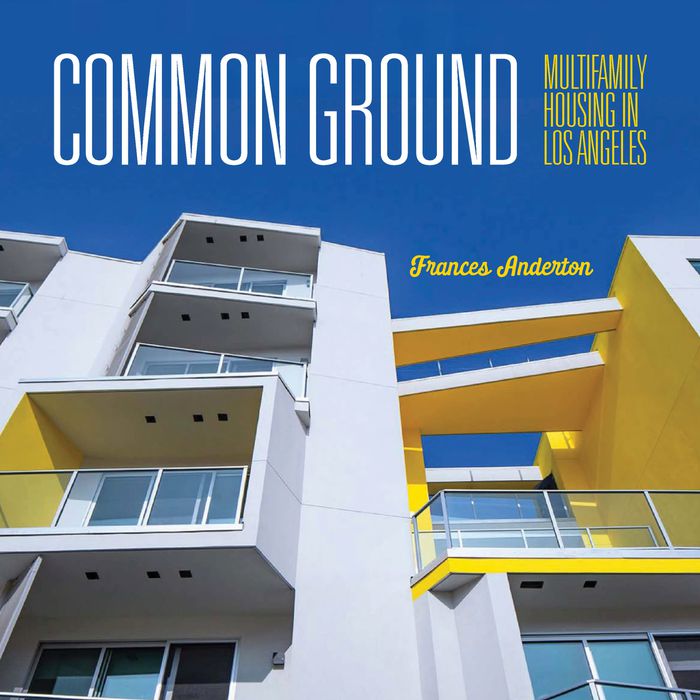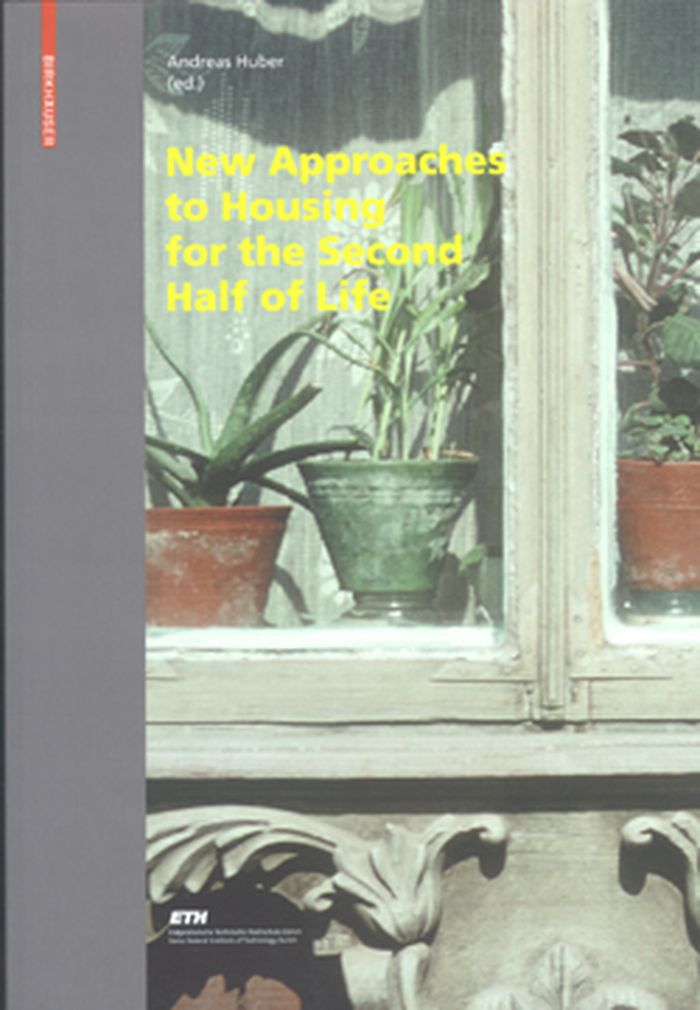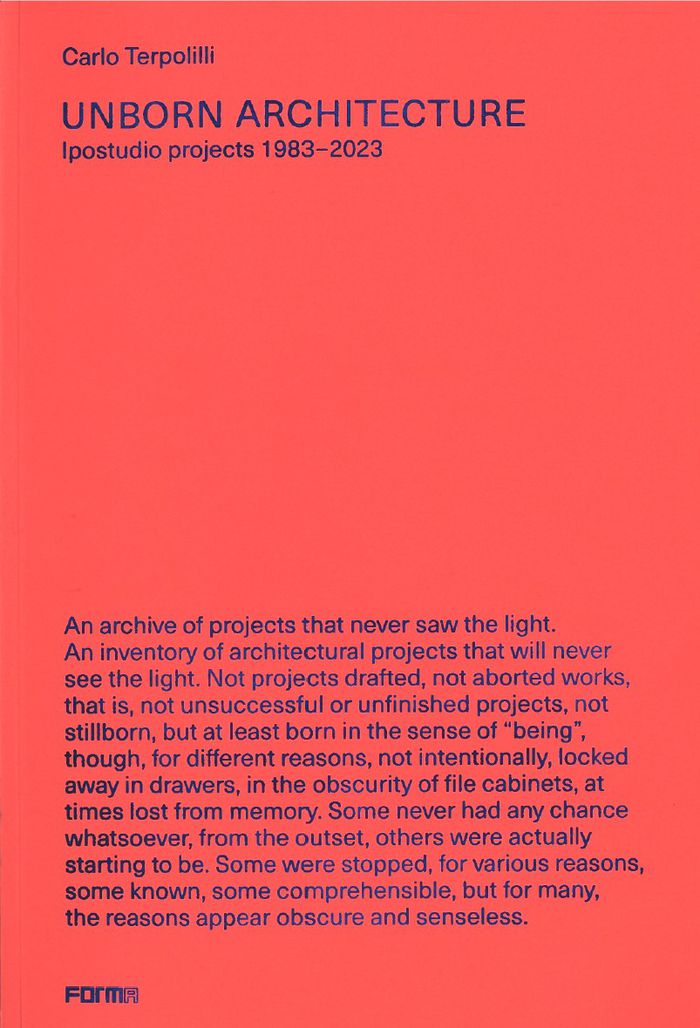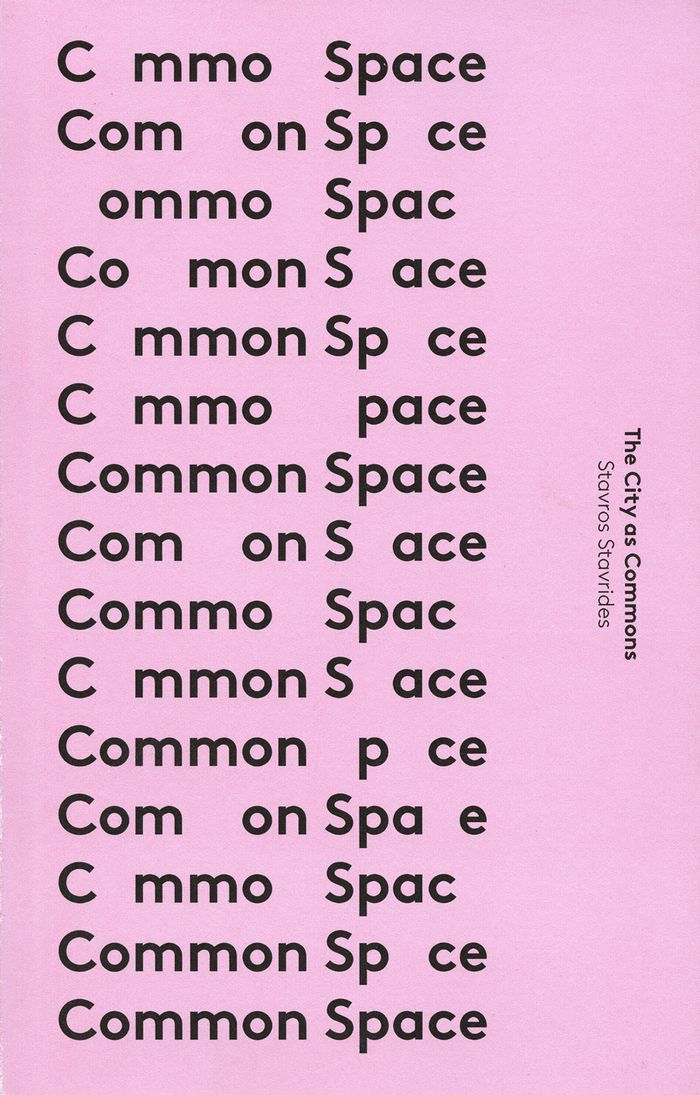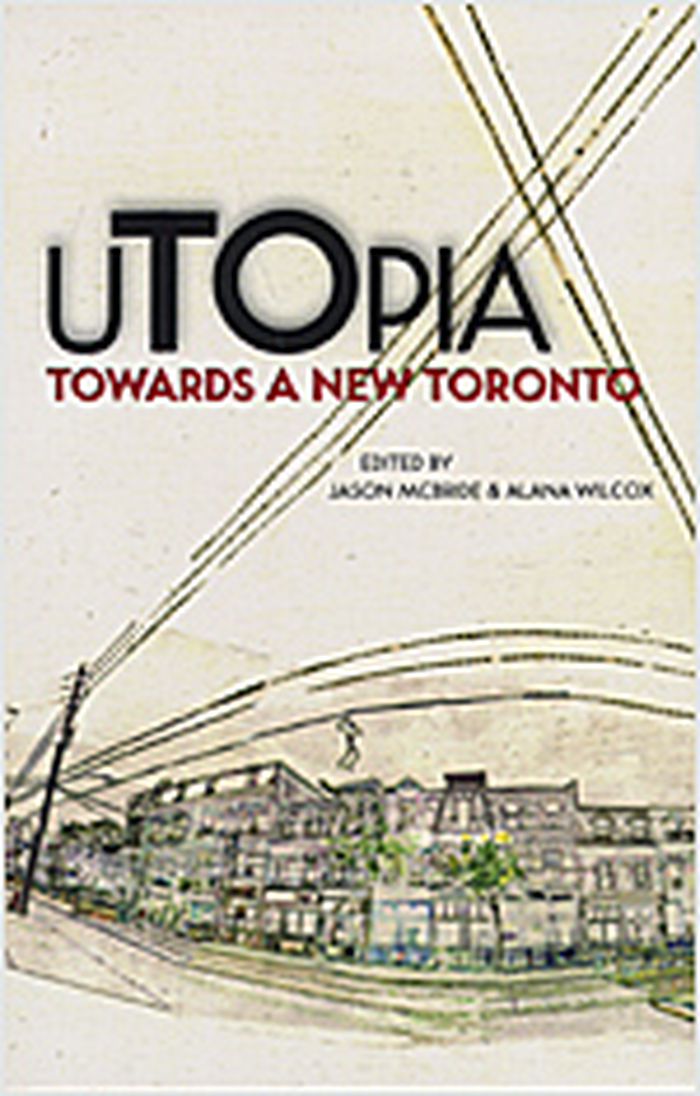$72.00
(available to order)
Summary:
Living in Los Angeles has always been equated with the suburban single-family home with a big backyard. But for decades, L.A. has also been the consummate laboratory for exceptional experiments in multifamily housing — dwellings centered on shared open space, from the central courtyard to the rooftop garden. In this volume, author Frances Anderton explores that(...)
Common ground: Multi-family housing in Los Angeles
Actions:
Price:
$72.00
(available to order)
Summary:
Living in Los Angeles has always been equated with the suburban single-family home with a big backyard. But for decades, L.A. has also been the consummate laboratory for exceptional experiments in multifamily housing — dwellings centered on shared open space, from the central courtyard to the rooftop garden. In this volume, author Frances Anderton explores that fascinating history— from the bungalow courts and apartment-hotels of the 1910s, through the development of garden apartments, to contemporary mid-rise "urban villages" and co-living spaces. It features the work of the Zwebells, R.M. Schindler, Richard Neutra, John Lautner, Ralph Vaughn, Koning Eizenberg, Sean Knibb, Michael Maltzan, Brooks + Scarpa, and many more. In a time of housing crisis, Frances Anderton makes the case that well-designed, equitable, connected living is tomorrow’s American dream.
Collective Housing
$99.00
(available to order)
Summary:
This paradigm shift is reflected in architecture as well: in recent years, increasingly innovative collective housing projects, organized around the principle of trading-in private spaces for larger, more luxurious shared spaces, have been emerging across the globe—many of them realized through bottom-up grassroots initiatives. The return of the collective in architecture(...)
Together! The new architecture of the collective
Actions:
Price:
$99.00
(available to order)
Summary:
This paradigm shift is reflected in architecture as well: in recent years, increasingly innovative collective housing projects, organized around the principle of trading-in private spaces for larger, more luxurious shared spaces, have been emerging across the globe—many of them realized through bottom-up grassroots initiatives. The return of the collective in architecture has resulted in surprising architectural solutions that also create new urban spaces. "Together! The new architecture of the collective" presents around 20 international building projects from Europe, Japan and the US that provide innovative platforms for collective living in the present day. A selection of projects is discussed in detail, and extensive photo essays offer vivid impressions of the daily collective and private life and everyday routines in these buildings. Interviews with movers and shakers from the collective housing scene, written by international journalists, offer insights and background information on the processes and people that have made each project possible. All this is complemented by theoretical and historical context, including analytical essays by experts in the field, infographics providing facts and figures, diagrams explaining how different collective housing models work and an extensive timeline detailing the genealogy of the collective housing movement in the 20th century.
Collective Housing
$50.95
(available to order)
Summary:
We are not only living longer than our grandparents, but we are also working longer and remaining more active and enterprising than they did. Thus for many today the second half of life os marked by a broad and varied range of activities that call for freedom of action, whether one has a disability or other limitation or not. What types of housing will make it possible to(...)
Commercial interiors, Building types
June 2008, Basel, Boston, Berlin
New approaches to housing for the second half of life
Actions:
Price:
$50.95
(available to order)
Summary:
We are not only living longer than our grandparents, but we are also working longer and remaining more active and enterprising than they did. Thus for many today the second half of life os marked by a broad and varied range of activities that call for freedom of action, whether one has a disability or other limitation or not. What types of housing will make it possible to shape this ever longer and more important phase of our lives in accord with our wishes and needs? In addition to the desire of most older people to remain in their homes, we are also seeing the emergence of new and novel communal types of housing, such as shared apartments, houses, and housing developments; integrated residential communities; assisted living; and group homes. Against this backdrop, noted authors consider various aspects of the second phase of life. In addition, realized projects in Switzerland and Germany are presented and analysed in terms of their practical feasibility. Living Concepts is edited by the ETH Wohnforum, an interdiciplinary research group housed in the Faculty of Architecture of the Swiss Federal Institute of Technology Zurich. It presents selected themes from the broad field of housing and is aimed at both specialist readers and those with a general interest in culture.
Commercial interiors, Building types
$42.00
(available to order)
Summary:
This book has been designed to present several Ipostudio architecture projects produced in different periods that feature assonances and shared conceptual characteristics and principles. Ipostudio is a working group that was founded in Florence 40 years ago. It carries out architectural design in the sphere of civil architecture, specializing in the areas of social and(...)
Ipostudio: Unborn architecture. Projects that never saw the light, 1983-2023
Actions:
Price:
$42.00
(available to order)
Summary:
This book has been designed to present several Ipostudio architecture projects produced in different periods that feature assonances and shared conceptual characteristics and principles. Ipostudio is a working group that was founded in Florence 40 years ago. It carries out architectural design in the sphere of civil architecture, specializing in the areas of social and health structures, schools, special types of residence, and social housing. The works presented in this book are stillborn projects that never saw the light. Now, many years later, it seems only fair to give them another chance and, in a sense, a new life. The primary intention of this book is to tell the story of the origin and development of the design process.
Architecture Monographs
$49.95
(available to order)
Summary:
With Common Space, activist and architect Stavros Stavrides calls for a reconceiving of public and private space in the modern age. Stavrides appeals for a new understanding of common space not only as something that can be governed and open to all, but as an essential aspect of our world that expresses, encourages, and exemplifies new forms of social relations and shared(...)
Common space : the city as commons
Actions:
Price:
$49.95
(available to order)
Summary:
With Common Space, activist and architect Stavros Stavrides calls for a reconceiving of public and private space in the modern age. Stavrides appeals for a new understanding of common space not only as something that can be governed and open to all, but as an essential aspect of our world that expresses, encourages, and exemplifies new forms of social relations and shared experiences. He shows how these spaces are created, through a fascinating global examination of social housing, self-built urban settlements, street peddlers, and public art and graffiti. The first book to explicitly tackle the notion of the city as commons, Common Space, offers an insightful study into the links between space and social relations, revealing the hidden emancipatory potential within our urban worlds.
Architectural Theory
$35.00
(available to order)
Summary:
The October issue of Domus focuses on the theme of affordable housing, tackling the question of what "minimum subsistence dwelling" could mean in the 21st century. It builds on the investigation started at the Min to Max international architecture symposium in Berlin. Guest edited by Ilka and Andreas Ruby, it starts with Berlin-based architecture studio Something(...)
Domus 962
Actions:
Price:
$35.00
(available to order)
Summary:
The October issue of Domus focuses on the theme of affordable housing, tackling the question of what "minimum subsistence dwelling" could mean in the 21st century. It builds on the investigation started at the Min to Max international architecture symposium in Berlin. Guest edited by Ilka and Andreas Ruby, it starts with Berlin-based architecture studio Something Fantastic's manifesto on the creative opportunities and innovation allowed by the world recession. Domus then surveys the globe in search of positive strategies where design is subjected to constant experimentation, from Burkina Faso — where, in Gando, Diébédo Francis Kéré runs his experimental architecture workshop —, to Athens — where a group of teachers and researchers finds in the typical Greek polykatoikia the possibility of generating a host of collective and shared spaces —, passing through Detroit, Houston, New York City, Berlin, and Rio de Janeiro. Fresh after the opening of the Venice Architecture Biennale, issue 962 presents Gabriele Basilico's photographic survey of the Biennale's national pavilions, empty and waiting for their annual occupation. Jean-Philippe Vassal's photo essay captures extraordinary moments in the production of everyday space in Africa, and, in Mexico, artist Pedro Reyes transforms agents of death into instruments of life: by converting half a tonne of confiscated weapons into musical instruments, Reyes challenges us to imagine a change for the better.
Magazines
$24.95
(available in store)
Summary:
Since the election of Mayor David Miller in November 2003, Toronto has experienced a wave of civic pride and enthusiasm not felt in decades. At long last, Torontonians see their city as a place of possibility and potential. Visions of a truly workable, liveable and world-class city are once again dancing in citizens’ heads. In the past two years, this spirit has, directly(...)
Architecture in Canada
October 2005, Toronto
Utopia : towards a new Toronto
Actions:
Price:
$24.95
(available in store)
Summary:
Since the election of Mayor David Miller in November 2003, Toronto has experienced a wave of civic pride and enthusiasm not felt in decades. At long last, Torontonians see their city as a place of possibility and potential. Visions of a truly workable, liveable and world-class city are once again dancing in citizens’ heads. In the past two years, this spirit has, directly or indirectly, manifested itself in multifarious forms: in writer Sheila Heti’s sui generis lecture series, Trampoline Hall; in the transformation of derelict hotels such as the Drake and the Gladstone into cultural hotspots; in renewed interest in waterfront revitalization and public transportation; in exciting, controversial architectural developments such as the OCAD building, the expansion of the ROM and the AGO; in the [murmur] project, which catalogues stories about Toronto neighbourhoods and broadcasts them to people’s cell phones; in the explosion of the local independent music scene. "uTOpia" aims to capture and chronicle that spirit, collecting writing by many of the people inspired by and involved in these projects. Featuring passionate, visionary essays by thirty-four different journalists, artists, thinkers, architects and activists, "uTOpia" is a compendium of ideas, opinions and strategies. The anthology explores plans to redevelop the Island airport into a Ward’s Island-style community; how the Zeidler family is energizing artist-run centres; what a car-free Kensington Market might mean; the necessity and beauty of laneway housing; the way past efforts to combat devastating developments like the Spadina Expressway have shaped current activism; what a utopian Toronto might look like mapped out; and much, much more. "uTOpia" writes Toronto as it is shared and created by the people who live here. Though it is by no means a complete picture of what is happening in the city right now, it will hopefully show that what was once just a T-shirt slogan – I Heart T.O. – is now genuine, heartfelt sentiment.
Architecture in Canada
